On the John Barr Trail
Photographs and writing by Minnette Marr, Plant Conservationist
I WAS FORTUNATE TO BE PART OF A GREAT GIRL SCOUT TROOP AS A CHILD. Our scout leader encouraged us to leave campsites and trails cleaner than we found them. At the time, that meant picking up bottle caps and tin foil before we broke camp; but with the work I do now, I consider non-native seeds that have accidentally been transported and dropped as a type of litter that could grow into a problem. Hikers and cyclists can make a big difference by cleaning their gear before and after they hit the trails, so spread the word to your outdoorsy buddies!
Now, brush off your boots and take a hike with me down the John Barr Trail at the Wildflower Center to explore how the seeds of some native plants are naturally spread in their environment.
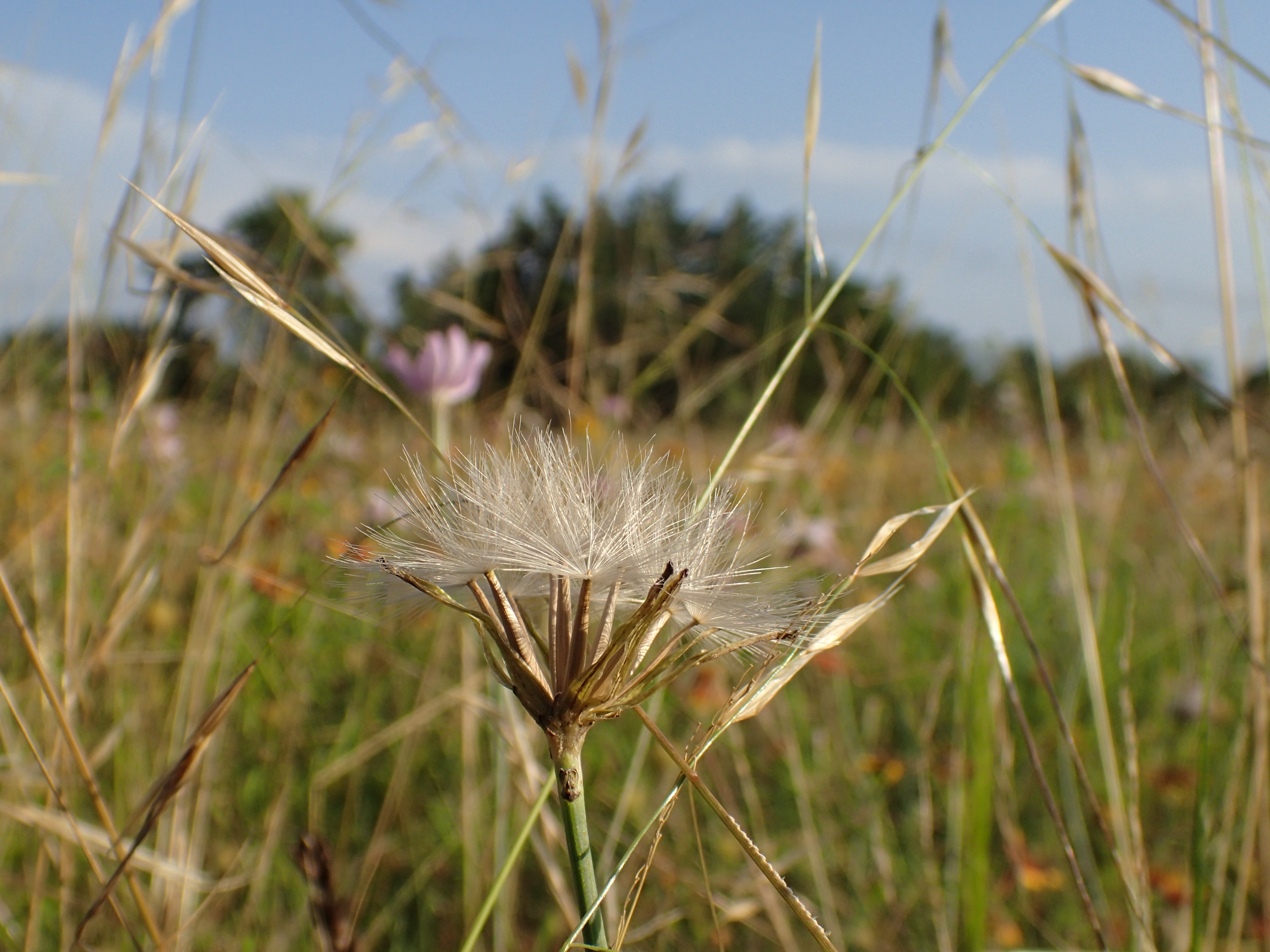
Texas skeleton plant (Lygodesmia texans) seeds ride on the wind for long distances.
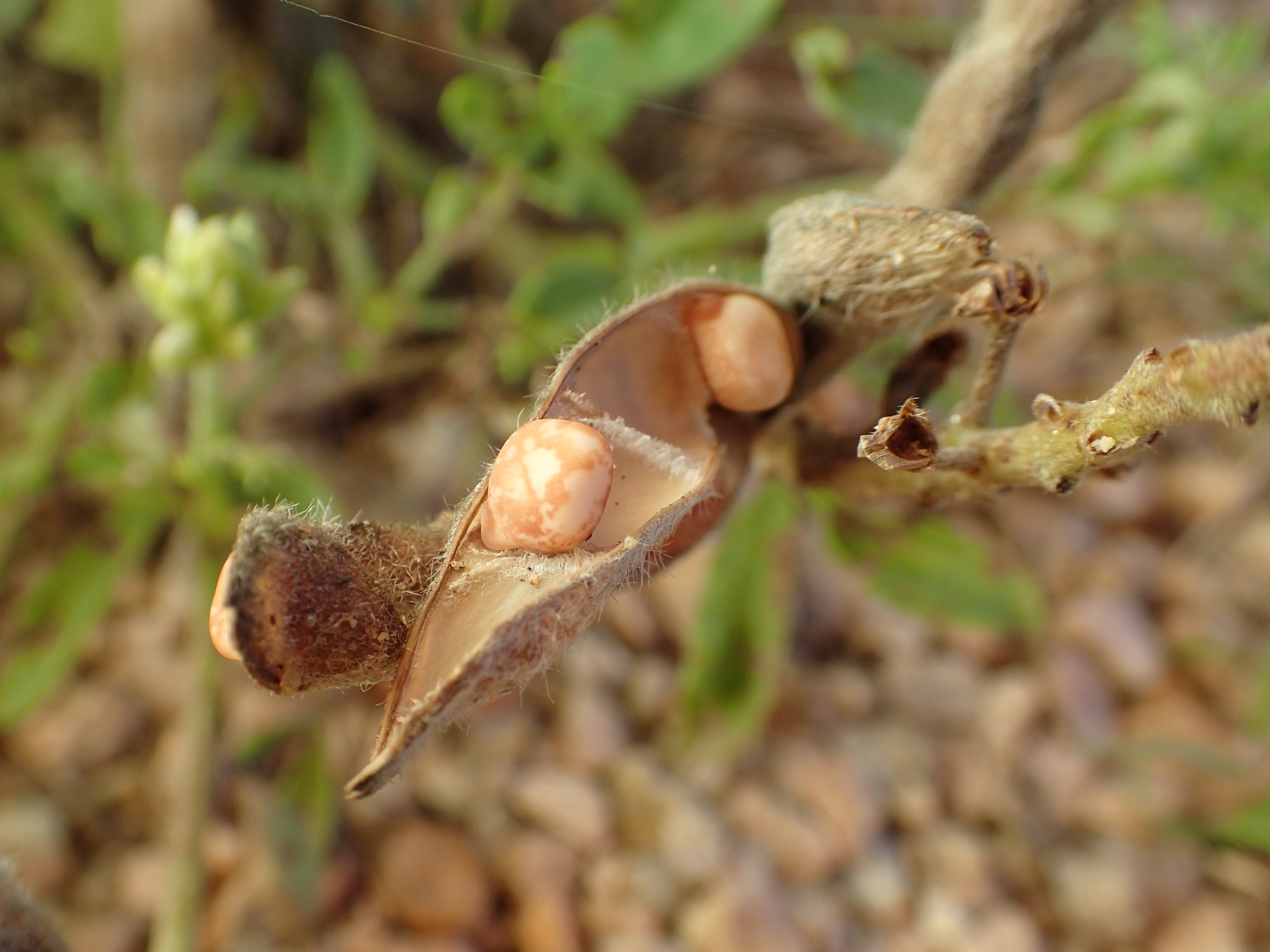
Texas bluebonnet (Lupinus texensis) seeds are usually thrown several feet when the legume opens.
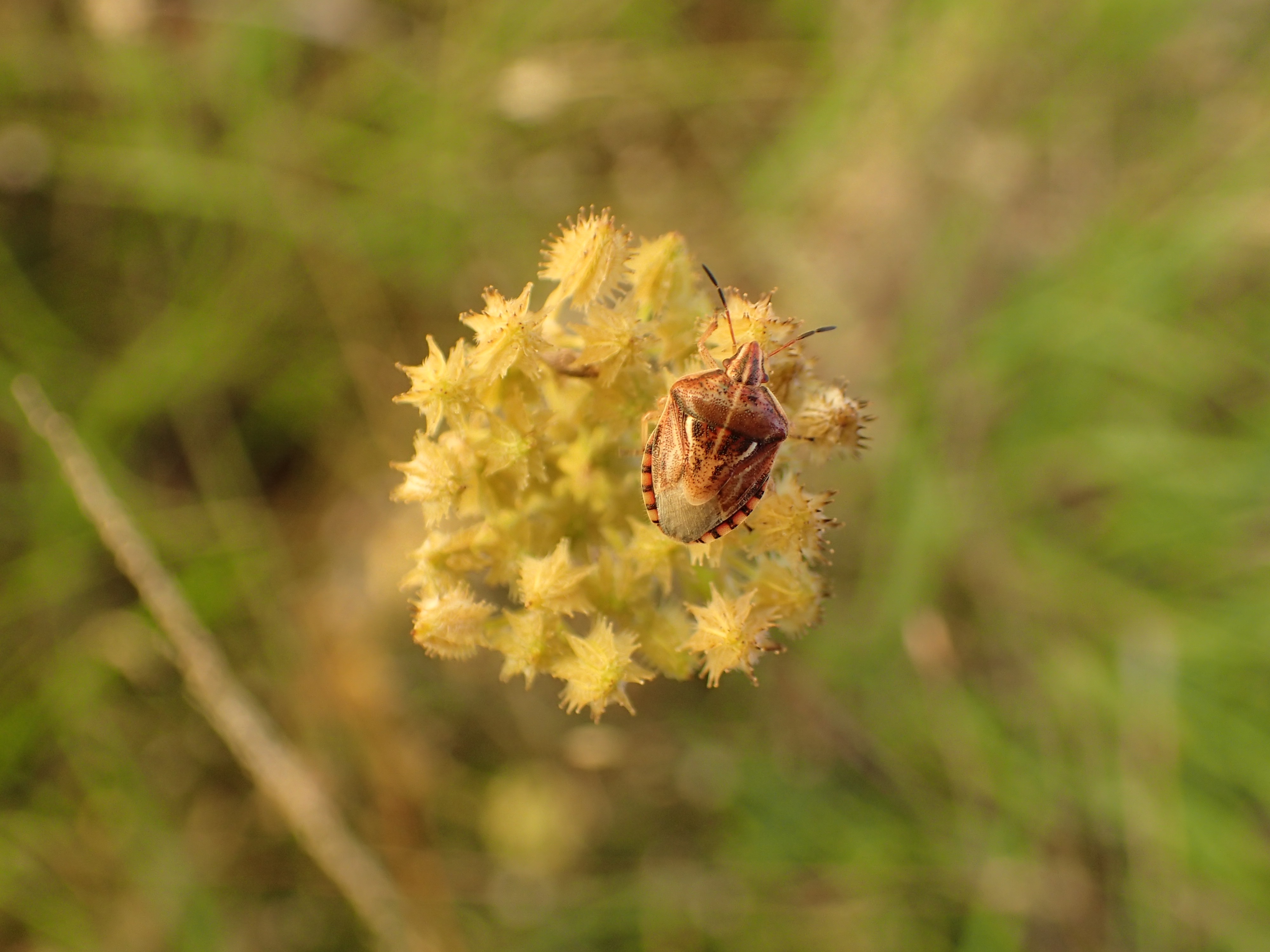
Wild carrot (Daucus pusillus) seeds hitchhike on the fur of animals.
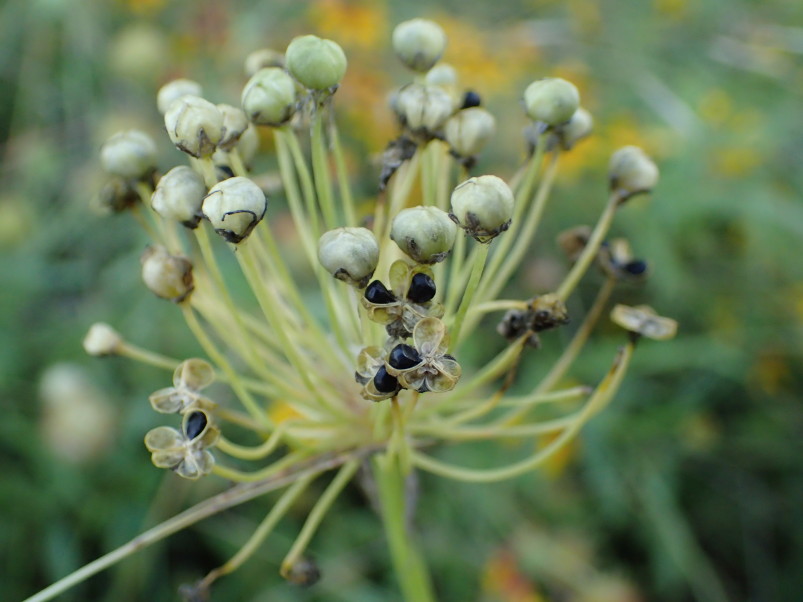
Wild onion (Allium drummondii) seeds fall close to the parent plant. Photo: Minnette Marr
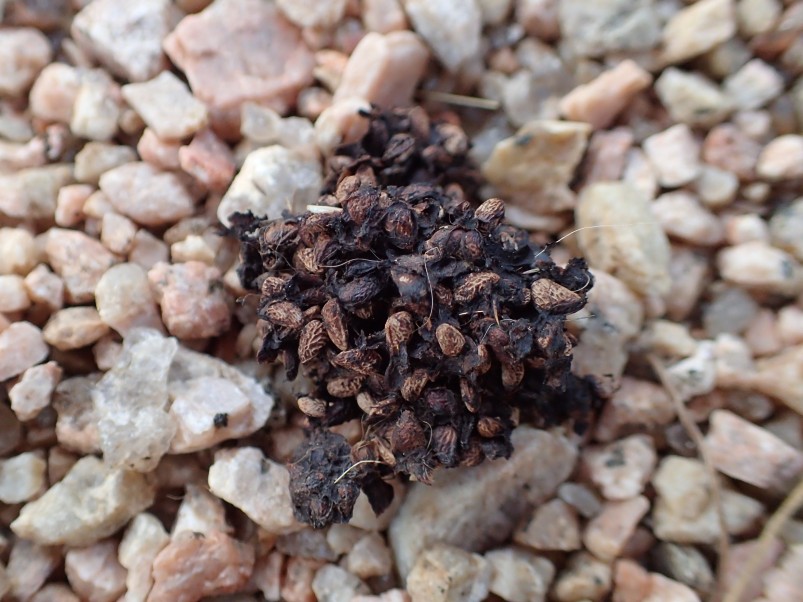
Dewberry (Rubus trivialis) seeds can travel miles before being deposited in the scat of animals. Photo: Minnette Marr
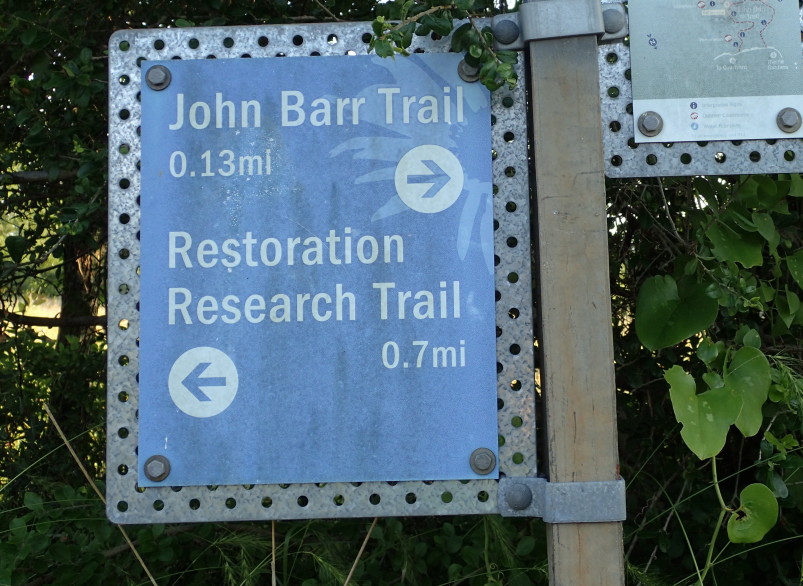
Please remember to check your clothes and gear for hitchhiking seeds before heading out to your favorite trail.
Learn more about the John Barr Trail.

